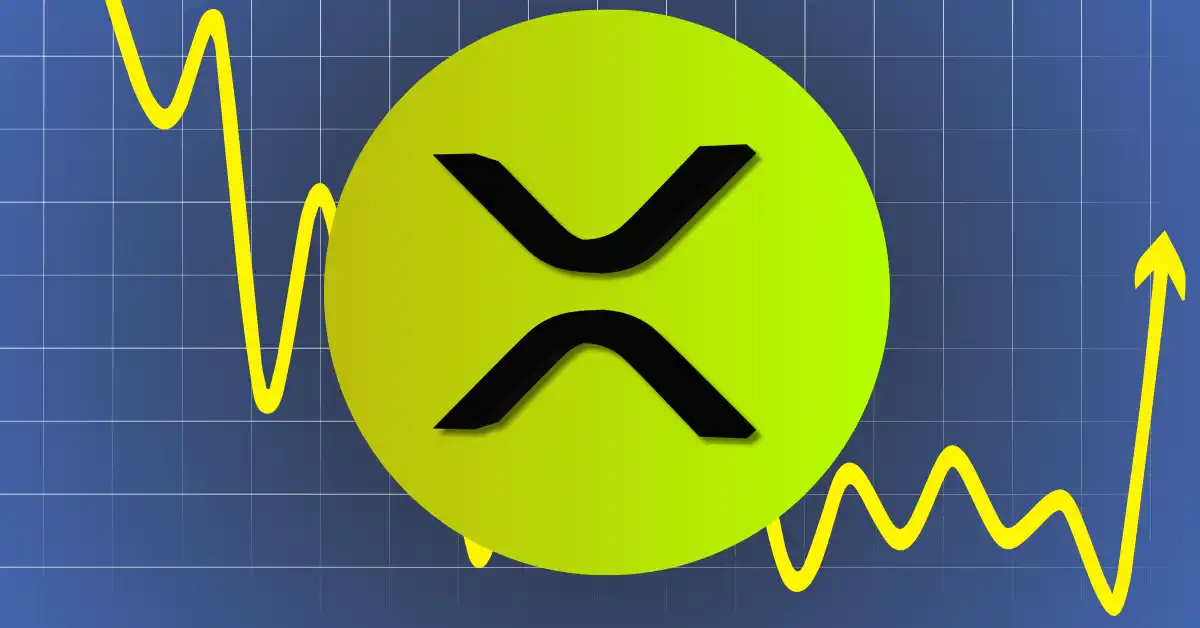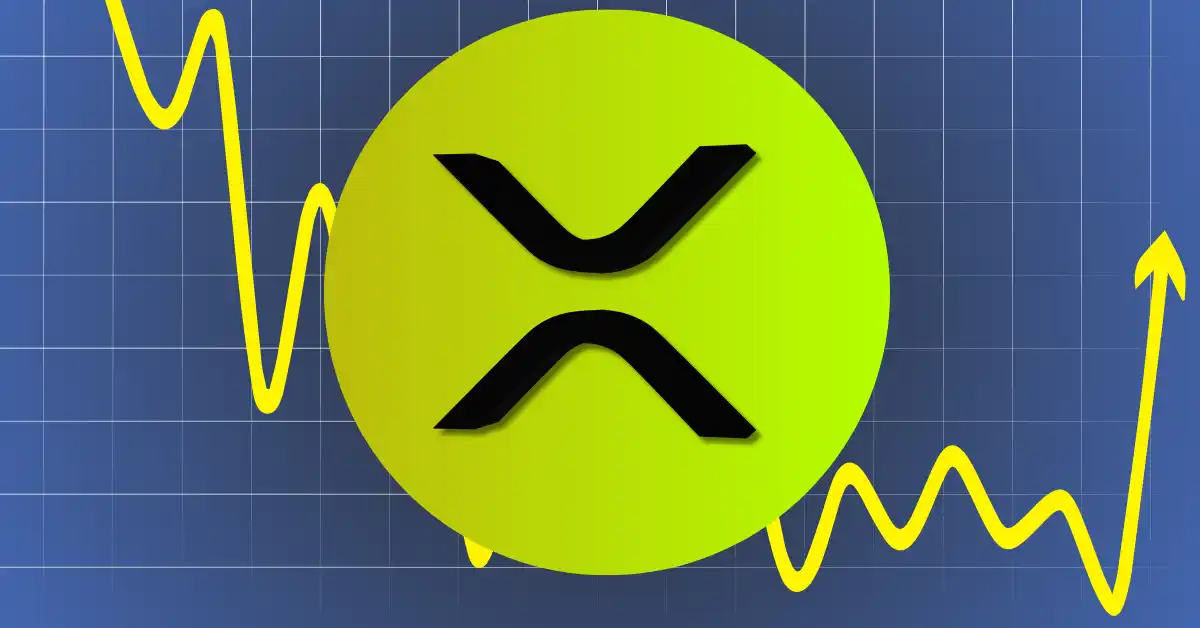Decoding the Cryptocurrency Buzz: Separating Fact from Fiction in the Digital Gold Rush
The Allure and Uncertainty of Cryptocurrency
Cryptocurrencies have emerged as a disruptive force in the financial world, promising decentralization, transparency, and innovative applications. At their core, these digital assets operate independently of central banks, leveraging blockchain technology to facilitate secure and transparent transactions. The appeal of cryptocurrencies lies in their potential to offer an alternative to traditional financial systems, attracting investors with the promise of high returns and groundbreaking use cases.
The crypto market is a dynamic ecosystem, encompassing a wide range of projects that cater to various needs. From decentralized applications (dApps) to faster and more efficient payment systems, the possibilities seem endless. However, this rapid evolution is accompanied by significant volatility and a proliferation of unverified claims. The market’s susceptibility to misinformation creates a climate of confusion, making it crucial for investors to approach the space with discernment and a thorough understanding of the underlying technologies and market dynamics.
Debunking the China-XRP Narrative: A Case Study in Crypto Misinformation
One of the most persistent narratives in the crypto sphere is the alleged involvement of China in XRP, the cryptocurrency associated with Ripple Labs. Claims have surfaced suggesting that China plans to legalize XRP and acquire substantial amounts for a national crypto reserve. These claims have varied widely, with some sources citing figures of $40 billion and others mentioning $300 million.
However, these claims lack credible evidence. Despite their widespread circulation, there is no substantiated information indicating that the Chinese government, the People’s Bank of China (PBoC), or any official state entity intends to invest in XRP. In fact, China has maintained a restrictive policy on cryptocurrencies since 2021, banning crypto trading and mining within its borders.
The origin of these rumors can be traced to various sources, including social media posts and announcements from smaller companies. One notable instance involves Webus International Limited, a Chinese firm that announced plans to raise $300 million in XRP through loans and credit for international business expansion. While this is a real event, it does not reflect a government-backed initiative or a change in China’s overall stance on cryptocurrencies.
The dissemination of these unverified narratives underscores the importance of fact-checking and critical thinking in the crypto market. The XRP community itself has expressed skepticism about these claims, with technical experts pointing out the impracticality of allocating such large sums to a digital asset without regulatory or economic justification.
Ripple’s Enduring Relevance in Cross-Border Payments
Despite the misinformation surrounding China’s involvement, Ripple and its associated cryptocurrency XRP remain relevant in the context of cross-border payments. Ripple’s technology aims to provide faster and more efficient international money transfers compared to traditional systems. Its focus on streamlining global transactions has garnered attention from financial institutions seeking to improve their payment infrastructure.
Ripple’s ongoing legal battle with the Securities and Exchange Commission (SEC) in the United States, alleging that XRP is an unregistered security, has cast a shadow over the company and the cryptocurrency. However, Ripple has achieved partial victories in the case, contributing to regulatory clarity within the crypto space. The outcome of this legal battle will have significant implications for Ripple and the broader cryptocurrency industry.
Beyond XRP: The Landscape of Cryptocurrencies
The cryptocurrency market extends far beyond XRP, encompassing a diverse range of digital assets, each with its unique characteristics and use cases. Bitcoin, as the pioneer cryptocurrency, continues to dominate the market in terms of market capitalization and adoption. Ethereum, with its smart contract capabilities, has become a platform for decentralized applications (dApps) and decentralized finance (DeFi).
Other notable cryptocurrencies include Solana and Cardano, which are often touted as Ethereum competitors, offering alternative blockchain architectures with the potential for higher scalability and lower transaction fees. Stablecoins, such as GUSD (Gemini Dollar), are designed to maintain a stable value pegged to a fiat currency like the US dollar, providing a less volatile option for crypto users.
Market Trends and Future Prospects
Several trends are shaping the future of the cryptocurrency market. Institutional adoption is increasing, as more companies and financial institutions explore the potential of digital assets. Regulatory developments are also playing a crucial role, as governments around the world grapple with how to regulate cryptocurrencies and related activities.
The rise of Web3, the decentralized web, is another significant trend. Web3 envisions a future where users have more control over their data and online experiences, with blockchain technology serving as a foundation for decentralized applications and services. Cryptocurrencies are expected to play a key role in the Web3 ecosystem, facilitating transactions and incentivizing participation.
The market is also seeing new developments in the use of crypto in tourism, where some countries are exploring ways to entice digital nomads.
Navigating the Crypto Landscape: A Call for Informed Decision-Making
The cryptocurrency market presents both opportunities and risks. While the potential for high returns and innovative applications is undeniable, the market’s volatility and susceptibility to misinformation require a cautious and informed approach.
Investors should conduct thorough research before investing in any cryptocurrency, understanding the underlying technology, the team behind the project, and the market dynamics. Diversification is crucial to mitigate risk, and it is advisable to allocate only a portion of one’s portfolio to cryptocurrencies.
Staying informed about regulatory developments and market trends is also essential. The cryptocurrency market is constantly evolving, and keeping abreast of the latest news and analysis can help investors make more informed decisions.
Conclusion: Embracing a Balanced Perspective in the Crypto Frontier
The cryptocurrency market is a dynamic and transformative force with the potential to reshape the financial landscape. However, it is also a market fraught with misinformation and uncertainty. By approaching the crypto space with a critical mindset, conducting thorough research, and staying informed about market trends and regulatory developments, investors can navigate the complexities of this new frontier and make informed decisions. As the market matures and regulatory frameworks evolve, a balanced perspective will be essential for harnessing the potential of cryptocurrencies while mitigating the inherent risks.












